Author: Dash
Introduction: The era of “software-defined cars” has arrived. Here, “software” does not only refer to driving assistance software, but also includes “software” for car-mounted intelligent cabins and car machines. Therefore, we have launched the intelligent car machine column program “Car Machine Micro-Experience”. Each issue, we will choose a car machine product with distinctive features for in-depth experience.
With the continuous improvement of the intelligence level of new energy vehicles, the concept of the “third living space” is frequently mentioned. There are more and more new cars that consider the entertainment and intelligence needs of passengers in addition to the main driver, such as Li Xiang ONE, GAC HiPhi X, ZERO RUN C11, and today’s protagonist –- Voyah FREE. Specifically, they are equipped with independent entertainment screens for the co-pilot and support intelligent voice control of the entire vehicle.

The basic configuration is good, but a HUD is missing.


This time, we experienced the 2021 Voyah FREE extended-range model, which adopts the world’s first integrated lifting central control console. Upon starting the car, it will rise slowly. It can be lowered when switching to sports mode or manual control, and the sense of ceremony is full.
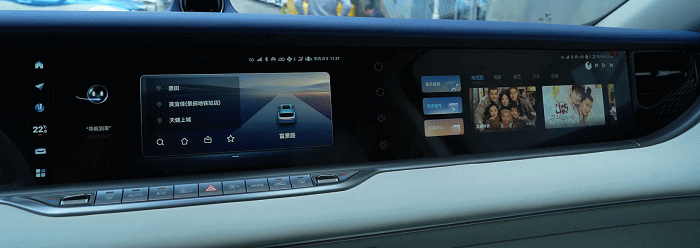
The sizes of the instrument screen, central control screen, and co-pilot’s entertainment screen are exactly the same, all 12.3 inches in size with a resolution of 1920×720, which is relatively mainstream.
Instrument Screen
Voyah FREE’s instrument screen defaults to this theme called “Leap of Heaven and Earth.” The design style is the same as that of most new forces vehicles, without traditional virtual gauges.
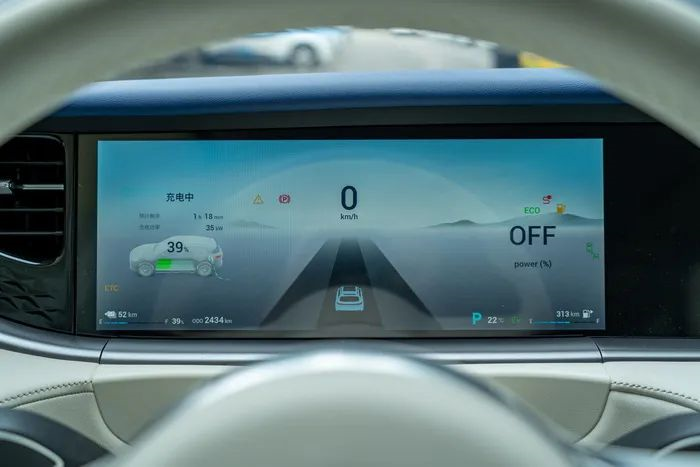
Except for the battery and fuel indicators, all other key information is numerical. On the left, you can switch to display charging status, tire pressure monitoring, energy consumption data, Bluetooth audio, and other content, while the right is fixed at driving mode and speed, and the middle part is an analog image of the ADAS system.
 Translate the Chinese Markdown text below to English Markdown text, in a professional way, keeping the HTML tags inside Markdown, outputting the result only.
Translate the Chinese Markdown text below to English Markdown text, in a professional way, keeping the HTML tags inside Markdown, outputting the result only.
In addition, there are two traditional modes to choose from, “minimalist” and “classic”, which retain virtual dashboards and pointers, and have a black background overall.
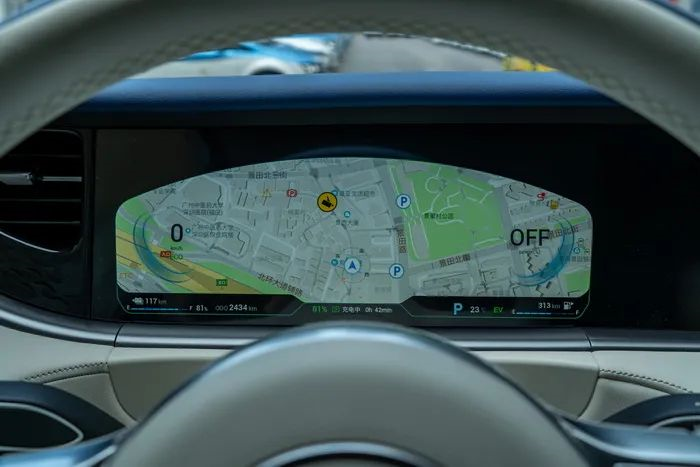

The navigation information in the vehicle can also be displayed directly on the instrument screen, with basic 2D mode and AR mode optional. Whether you are pursuing freshness or prefer traditional usage habits, the Langtu FREE can meet your needs.
Central control screen
Langtu FREE uses a rare vehicle-mounted chip from NXP (Philips), the i.MX 8QuadMax chip, which uses a 28nm manufacturing process, contains two Cortex-A72 and four Cortex-A53 cores from ARM, and integrates a 5G modem provided by Huawei that can receive 5G signals.
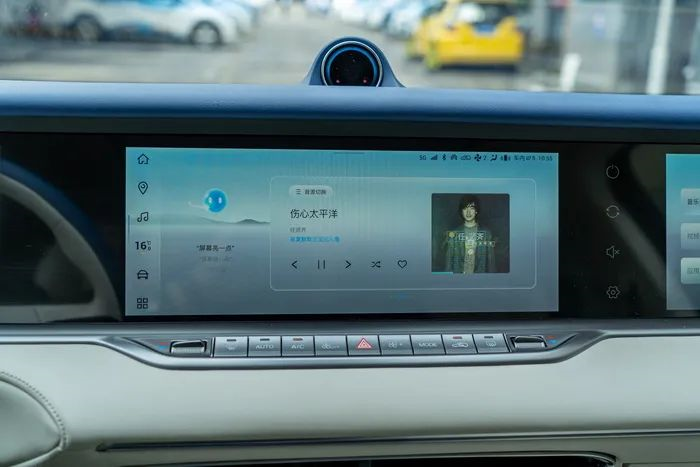
Although it lags behind the 14nm FinFET process of the Qualcomm Snapdragon 820A in terms of manufacturing process, there is not much difference when applied to an automobile, where volume and heat dissipation are not sensitive factors. Moreover, the CPU of the Qualcomm Snapdragon 820A is only designed with four Kryo cores, so in terms of hardware, the difference between the two should be small.
Co-pilot’s entertainment screen
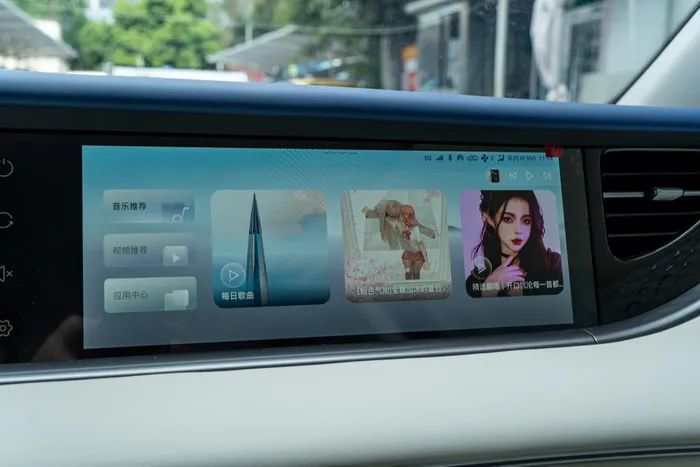
The co-pilot’s entertainment screen is also 12.3 inches with a 1920×720 resolution. By clicking on the application center, you can enter settings, navigation, and various service interfaces similar to the central control screen.
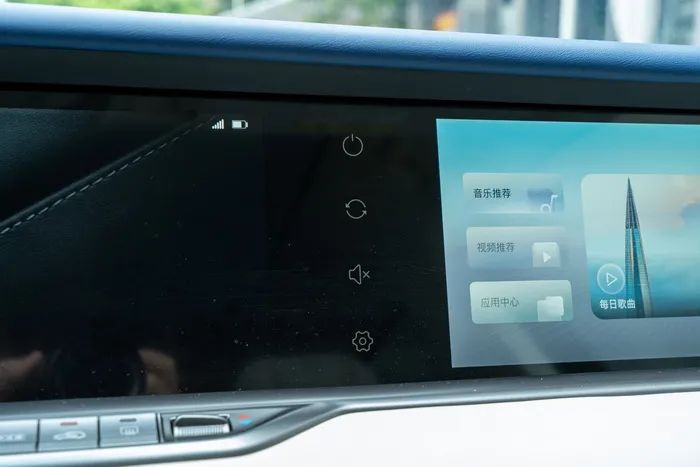
The buttons in the middle row are used to turn off the co-pilot’s screen, swap screens, mute, and enter settings. The co-pilot can also set the navigation route here and then switch back to the main screen.
Cameras and various charging interfaces
 After recording the facial ID information and logging into the Voyah account, the Voyah FREE’s facial recognition camera above the center console automatically adjusts to the set seat position and rearview mirror position upon boarding. In addition, it also enables gesture control.
After recording the facial ID information and logging into the Voyah account, the Voyah FREE’s facial recognition camera above the center console automatically adjusts to the set seat position and rearview mirror position upon boarding. In addition, it also enables gesture control.

The built-in 1080P resolution dash camera can record audio or video separately, with instant speed, gear, throttle/brake status, lighting usage, and seat belt status on the right, which is very helpful in determining responsibility in the event of an accident.

In addition to the wireless charging panel below the center console, the Voyah FREE’s console bottom is equipped with two USB ports and a 12V cigarette lighter interface, all of which support charging and data transmission.

In the back seat, there is one USB-A port and one Type-C port with a power of up to 60W. High-power fast charging is rare in cars, and although I don’t have an Apple computer to test it, it should support the PD protocol and charge most laptops.
The human-machine interaction logic of the Voyah FREE is good. However, some details could be further optimized.
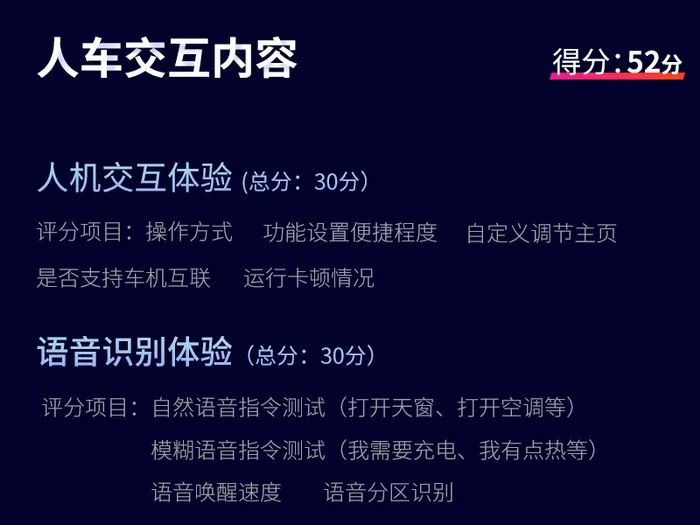
The Voyah FREE still retains separate mechanical air conditioning system buttons, which are convenient for blind operation. The design of the car’s UI is different from most new energy vehicles, as it does not adopt the common multi-card layout. Only a single big card is displayed on the home page, which can be slid to switch between four categories: music, navigation, air conditioning, and vehicle information.

The left side, from top to bottom, is home, navigation, music, air conditioning, vehicle settings, and all applications, and the logic is relatively clear and easy to use.
 There are two negative screens on the design, sliding down from the top edge enters the message center, where you can adjust WIFI, Bluetooth, brightness, etc., just like operating a mobile phone, and there is no difficulty in getting started. Sliding from the left edge to the right enters the shortcut function, where seat memory, heating/ventilation/massage, fuel tank/charging port switches are all located.
There are two negative screens on the design, sliding down from the top edge enters the message center, where you can adjust WIFI, Bluetooth, brightness, etc., just like operating a mobile phone, and there is no difficulty in getting started. Sliding from the left edge to the right enters the shortcut function, where seat memory, heating/ventilation/massage, fuel tank/charging port switches are all located.
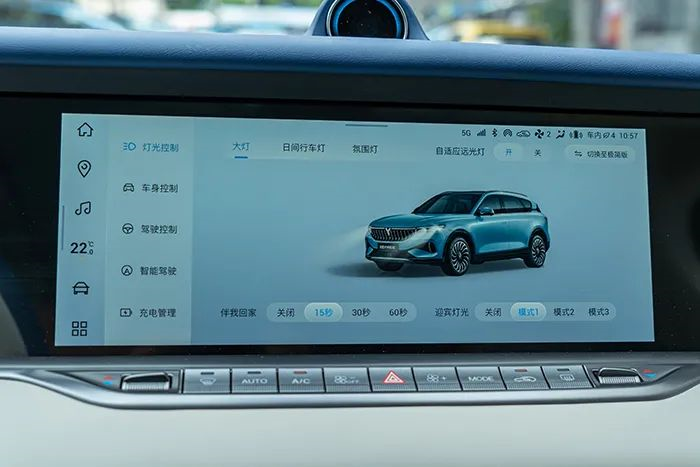
There are many adjustable parameters in the vehicle settings, and the menu logic is also good, which is suitable for people who like to play with various functions slowly. If you don’t care about these things too much, you can switch to the minimalist version in the upper right corner, which only adjusts some basic settings.

Another highlight of the Voyah FREE infotainment system is that it comes with the native Huawei HiCar function, which can be automatically connected when you enter the car and turn on the power. It is very user-friendly for Huawei phone users, especially for people like me who downloaded all of Jay Chou’s songs early on and then uploaded them back to Netease Cloud Music (not affected by copyright).

Two sets of wakeup words can be used to distinguish between waking up the infotainment system and the phone, and the navigation of the vehicle system can be displayed directly on the instrument panel, while the Netease Cloud Music in the phone can be displayed on the central control panel. It feels really great to quickly find your own favorite playlist, switch songs, and search for songs.

However, when connected to Huawei HiCar, if you switch to the sports mode or manually lower the screen, it will automatically disconnect, and you need to reopen the phone to reconnect after raising the screen again. This point needs optimization in the future.
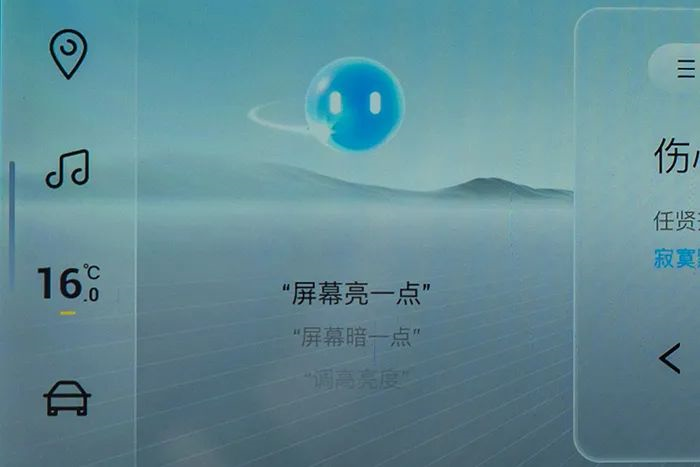
You can wake up the AI intelligent voice assistant by saying “Hi, Voyah,” and Voyah FREE supports a total of four sound source locations in the front and back, not only has the ability to have long continuous conversations, but also can achieve multi-round interaction between multiple ecosystems, such as from music to navigation to food recommendation, and so on. Although the current system of Voyah FREE is closed and does not support application downloads, the existing applications have all completed intelligent voice adaptations, and the user experience is still good.
Co-pilot entertainment screen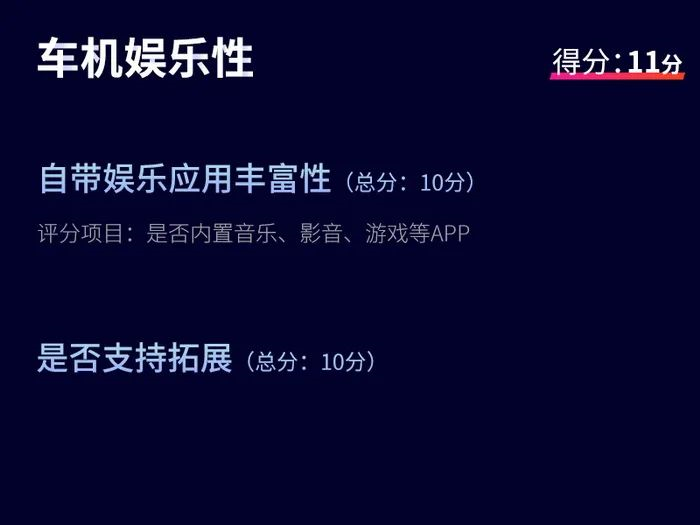

The main layout of the copilot’s entertainment screen is mainly the recommendations of Kuwo Music and iQiyi, which supports phone app projection and can also enter the same navigation, air conditioning and other interfaces as the main screen, and freely set other parameters of the vehicle.
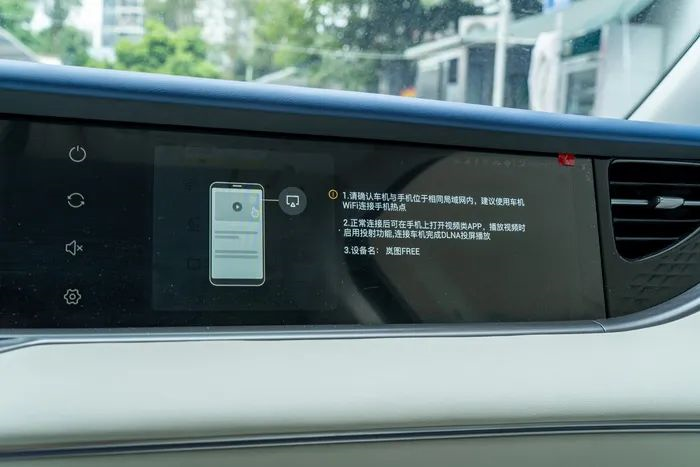
However, it should be pointed out here that due to the fact that the Voyah FREE runs two sets of operating systems, instrument (Linux) and entertainment (Android), on the i.MX 8QuadMax SoC chip at the same time, the overall matching and optimization of the system is somewhat difficult. For the current version, the performance of the main screen is still acceptable, but the lagging of the copilot’s entertainment screen is somewhat frequent.
Summary
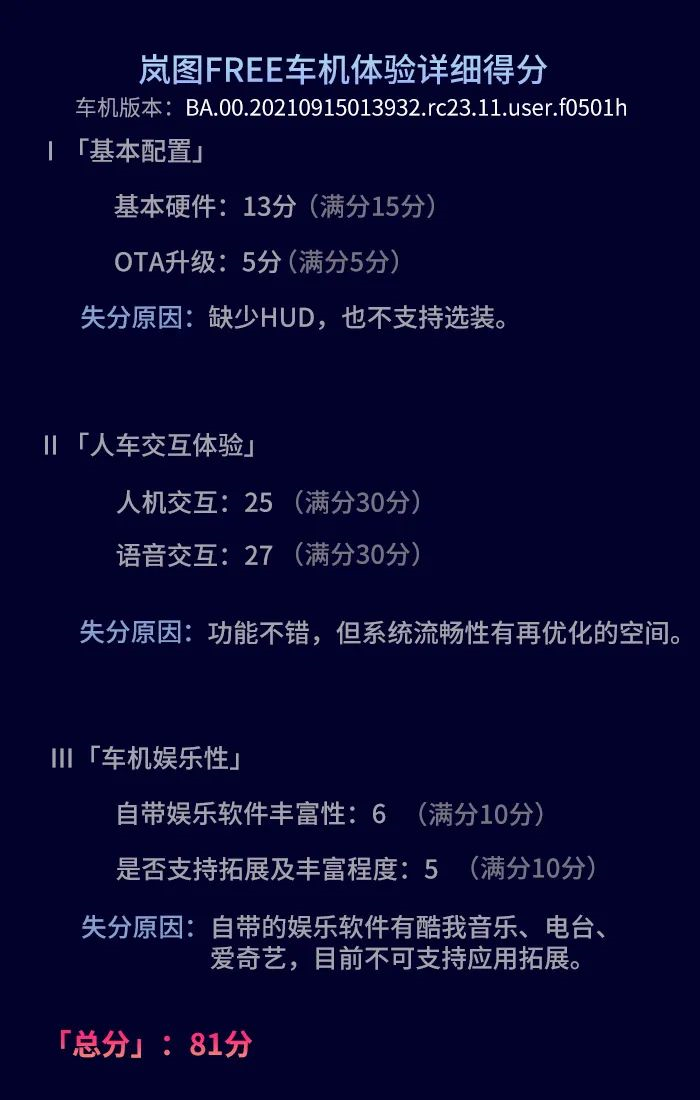
From the driver’s point of view, the car system of Voyah FREE is still good, with relatively good user experience in various commonly-used functions, smoothness of operations and intelligent voice systems, and minor details can be resolved through later software OTA updates without causing major harm.
This article is a translation by ChatGPT of a Chinese report from 42HOW. If you have any questions about it, please email bd@42how.com.
